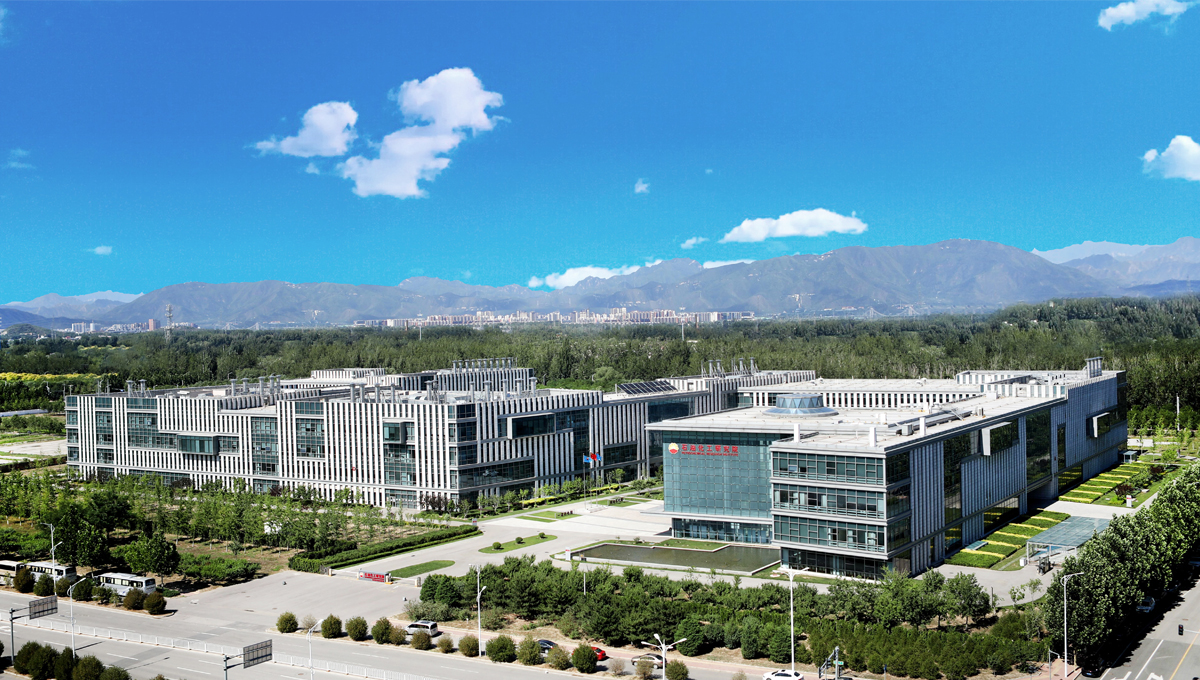当前位置:首页 > 过刊浏览->2025年第36卷第4期
催化裂化液体钝化剂的研究进展
Research Progress on Liquid Passivator for Catalytic Cracking
浏览(90) 下载(5)
- DOI:
- 作者:
- 王 磊1,李晨阳2,杨淑萍2,姬 勇1,孙世林2,谭争国2,李 博2 ?
Wang Lei 1, Li Chenyang 2, Yang Shuping 2, Ji Yong 1, Sun Shilin 2, Tan Zhengguo 2, Li Bo 2?
- 作者单位:
- 1.中国石油乌鲁木齐石化公司,新疆 乌鲁木齐 830019;2.中国石油石油化工研究院兰州化工研究中心,甘肃 兰州 730060
Petrochina Urumqi Petrochemical Company, Urumqi, 830019, China; 2. Lanzhou Petrochemical Research Center, PetrochemicalResearch Institute, PetroChina, Lanzhou 730060, China
- 关键词:
- 催化裂化;钝化剂;重金属;污染机理
catalytic cracking; passivator; heavy metals; contamination mechanism
- 摘要:
- 摘要:催化裂化(FCC)是炼油工业中重要的二次加工工艺,其过程中产生的金属污染对环境造成严重危害。液体钝化剂作为 FCC 的重要组成部分,已被证明可以有效抑制重金属的有害影响,从而提高催化剂的活性和选择性。随着环保法规的日益严格,开发高效环保的钝化剂成为 FCC领域的研究热点。文中综述了重金属的污染机理和钝化剂的作用机理,并对其未来的发展趋势进行了展望。
Abstract: Catalytic cracking (FCC) represents a pivotal secondary process within the refining industry, the metal contaminationgenerated during the process poses a serious hazard to the environment. Passivator, a significant constituent of FCC, have beendemonstrated to impede the detrimental effects of heavy metals, thereby enhancing activity and selectivity of catalyst. In the contextof escalating environmental regulations, the development of efficient and environmentally friendly passivator has emerged as aprominent research focus in the field of FCC. The present study reviews the contamination mechanisms of heavy metals and theaction mechanisms of passivator, whilst also outlining their future development trends.


